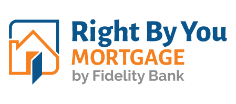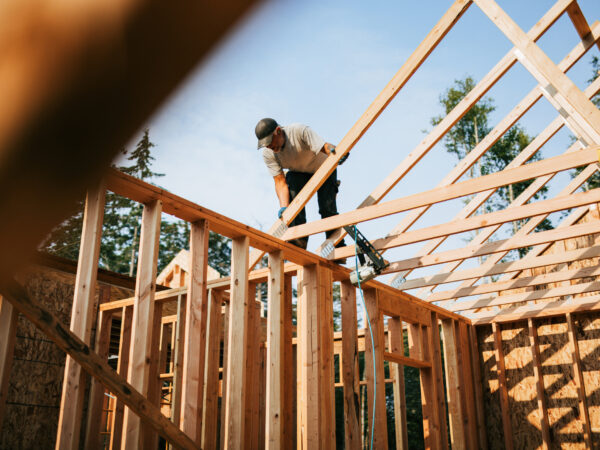When most people think or talk about mortgages, they usually refer to fixed-rate mortgages, which are used by the vast majority of homebuyers. In fact, roughly 80% of all mortgages are 30-year fixed rate products.
Of course, there are other types of loans. Adjustable-rate mortgages (ARMs) are one type growing in popularity right now. But many people don’t understand how these products work – let alone why and when they may be a borrower’s best option for getting the home they want.
So, What Are ARMs?
As the name implies, an adjustable-rate mortgage is a loan with a rate that adjusts over time. ARMs are structured in a variety of ways, but typically they start at a certain rate for either five, seven or 10 years. After that initial period ends, the rate adjusts up or down, depending on the market rate of the index to which the ARM is tied.
When you look at ARM products, you’ll usually see two numbers, such as 7/1 or 5/5. The first number is the initial rate term, and the second number is how often the rate adjusts after the initial term. For example, a 7/1 ARM will have a fixed rate for seven years, then adjusts every year afterwards. A 5/5 ARM, on the other hand, has a fixed rate for five years and then adjusts every five years.
Pros of Getting an ARM
Perhaps the biggest benefit of getting an ARM is that the initial rate is usually lower than 30-year fixed rates, often by one percent or more. Because a borrower’s mortgage payment is tied to the rate, the initial monthly payments on an ARM are lower, too, which can help make buying a home more affordable.
For this reason, ARMs typically become more popular when mortgage rates go up. According to data from the Mortgage Bankers Association, ARMs comprised roughly 2% of all mortgage applications in 2021, when mortgage rates were at historic lows. During 2022, when the average 30-year fixed rate rose from 3.5% to over 7%, ARMs made up roughly 10% of applications.
ARMs also can be an appealing option if you plan to pay off your mortgage early. If you plan to keep your home for only a short period of time, an ARM can work out really well because the initial lower rate will keep your monthly payments down.
Understanding Your Comfort Level
Since there’s always a chance rates will go up in the future and there’s no magic 8-ball to tell us with absolute certainty whether that will happen, a borrower must determine their comfort level.
An ARM might be a good option for borrowers who are confident that their income will increase over time, because if their monthly payment increases, they won’t have trouble paying it.
Of course, there’s the chance that ARM rates can adjust lower, too. But keep in mind that the interest rate will never go below the floor rate or the minimum rate a borrower will be charged. If the ARM rates adjust lower, your monthly payment will drop as well. Also, ARMs come with a maximum rate cap, so even if rates rise in the future, there’s a limit to how much your ARM rate will adjust.
Is an ARM Right for You?
As is often the case, that depends on your personal situation.
For example, at some point in the future, you may want to pay for your child’s college tuition, or decide to make another large purchase. These decisions could make handling a higher payment more difficult, in which case, an ARM may not be right for you.
That’s why it’s always best to talk to a trusted mortgage professional before choosing any mortgage product. Luckily, the loan experts at Right By You Mortgage can help.
If you’re looking to buy a home and considering an ARM, give us a call at 1-877-552-2242 or drop us a note at inquiries@rightbyyoumortgage.com. Our mortgage loan officers will be happy to help guide you toward the option that best fits your need.









